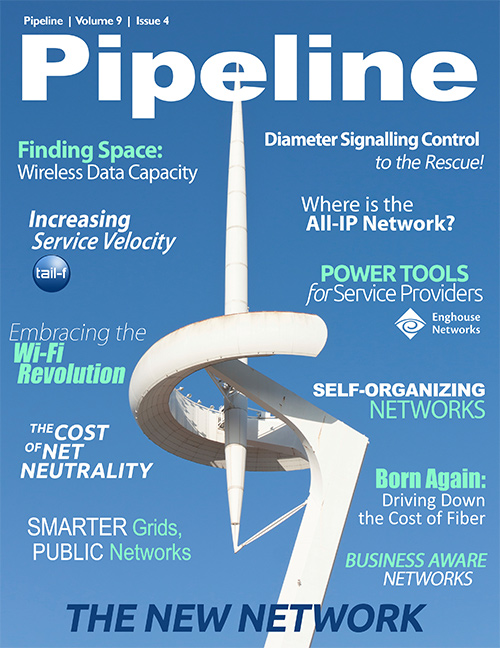Common Ground: Smarter Grids, Public Networks
Hurdles remain
Yet traditional hurdles remain. Telcos will migrate from technology to technology based on their fundamental market drivers. To utilities, that migration spells “stranded asset.”
When it comes to technology that relies on wireless frequencies, utilities remain leery. The Federal Communications Commission holds jurisdiction over the airwaves and periodically reassigns frequencies. So, wireless itself remains an area of concern to utilities, even as they adopt those services in their hybrid, private-public networks.
I just mentioned “hybrid, private-public networks,” which are the likely model for utilities’ data networks. Utilities will always own and operate private networks for functions such as inter-substation protective relays and for their SCADA systems. The latter use some leased telco lines, but not switched networks.
In summary, telcos will need to recognize utility concerns and constraints to work effectively with the power industry. Telcos must ensure timely responses when network additions are needed by a utility; traditionally, telcos have been averse to making network changes on demand.
Data privacy and security remain a concern to utilities considering using a public network and telcos will need credible measures to assuage those concerns. Should a privacy breach occur, public utility commissions will hold one party responsible--the utility. Perhaps virtual private networks (VPNs) are the answer.
A word on the international opportunities: though the drivers of grid modernization remain roughly the same worldwide, each country and utility may have their own focus and priorities and telcos would do well to tune in to local circumstances in pitching their services. One might say the same thing for the 50 state-level public utilities commissions in the United States; some encourage and some discourage utilities in building their own networks.
If telcos understand the concerns and constraints of utilities and offer sustainable services that are cost-effective and fit the utilities’ hybrid communications needs, the two sectors should enjoy a long and fruitful collaboration.





















